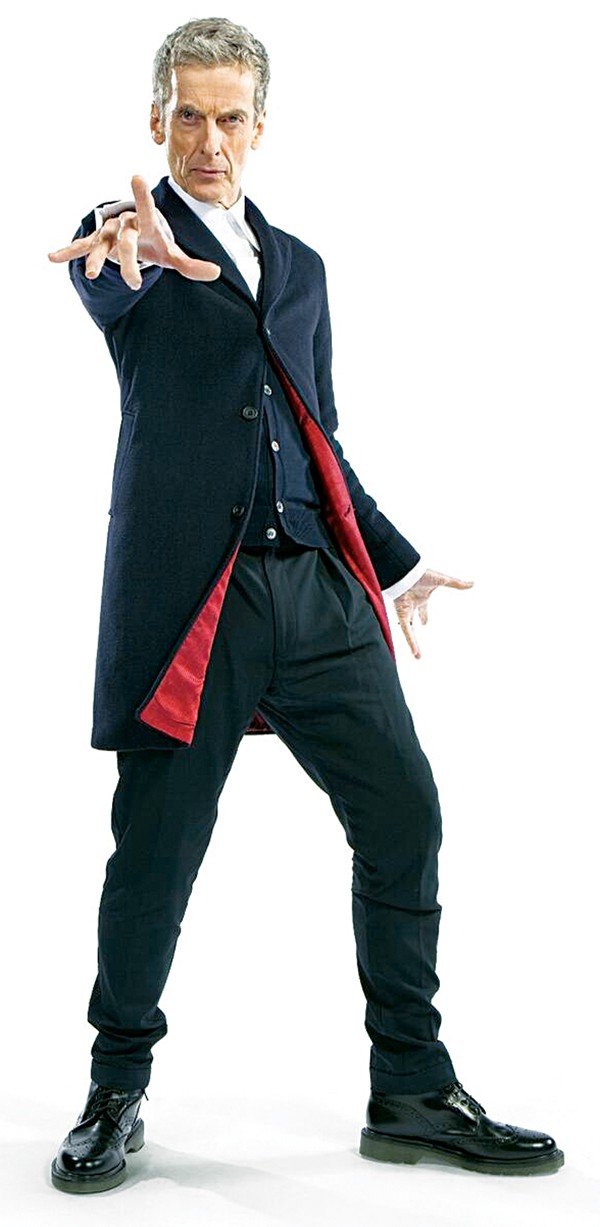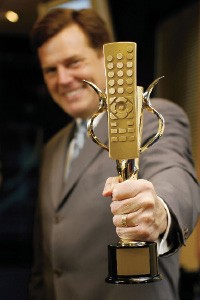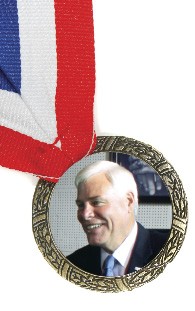 NBC
NBC
NBC will shoot “Bluff City Law” in Memphis and Shelby County, according to Memphis Mayor Jim Strickland, after winning a multi-million-incentive package from local agencies.
After shooting a pilot here earlier this year, it wasn’t immediately clear whether or not the show would be filmed in Memphis. But NBC was given a $4.25-million incentive package to secure Memphis as its location. The network got $2.5 million from the state, $1.4 million from both the city of Memphis and Shelby County and $350,000 from Memphis Tourism.
Here’s what Strickland had to say about the news:
“Welcome home, ‘Bluff City Law!’ This is a tremendous opportunity to showcase our city every week on the national stage starting this fall. I’m very excited about having the show filmed here and am even more thrilled about the economic implications it will have. Many thanks to all those involved to make this happen.”
Shelby County Mayor Lee Harris:
“More great news for Memphis and Shelby County with ‘Bluff City Law’ shooting right here in the Bluff City. This is a great opportunity to show off the talented men and women in the local film scene and our famous hospitality. I look forward to the partnership and shots of our one-of-a-kind skyline.”
Kevin Kane, president and CEO of Memphis Tourism:
“Memphis can’t be duplicated and authenticity is the heart of this city that moves to its own beat. Viewers will get to see that with ‘Bluff City Law’ shooting on location in our vibrant city, which was visited by nearly 12 million travelers last year. Memphis Tourism views this as an opportunity to leverage this visibility to grow new visitor demand and the visitor economy while creating unique awareness for our travel destination to millions of viewers on a weekly basis.”
Reid Dulberger, president and CEO, Economic Development Growth Engine (EDGE):
“’Bluff City’ Law has found its rightful home in Memphis. The show will mean hundreds of jobs for Memphis film production crews and increased revenues for local business. It will also be a greater advertising tool for the community.”
Here’s a description of “Bluff City Law” from NBC:
Coming from a famous Memphis family known for taking on injustice, brilliant lawyer Sydney Strait used to work at her father Elijah’s celebrated law firm until their tumultuous relationship got in the way.
After barely speaking to him for years, Sydney is suddenly thrust back into the family fold when her philanthropist mother passes away unexpectedly. In the wake of her loss, hoping to reconnect with the daughter he loves, Elijah asks Sydney to rejoin his firm.
She agrees because despite her lingering resentment and distrust, she knows that working alongside her father is her best hope at changing the world … if they can ever get along.
The cast includes Jimmy Smits, Caitlin McGee, Scott Shepherd, Barry Sloane, Michael Luwoye, MaameYaa Boafo, Stony Blyden and Jayne Atkinson.




 BBC.co.uk/doctorwho
BBC.co.uk/doctorwho  Justin Fox Burks
Justin Fox Burks  Justin Fox Burks
Justin Fox Burks